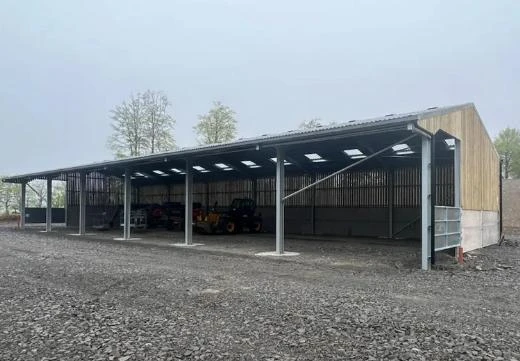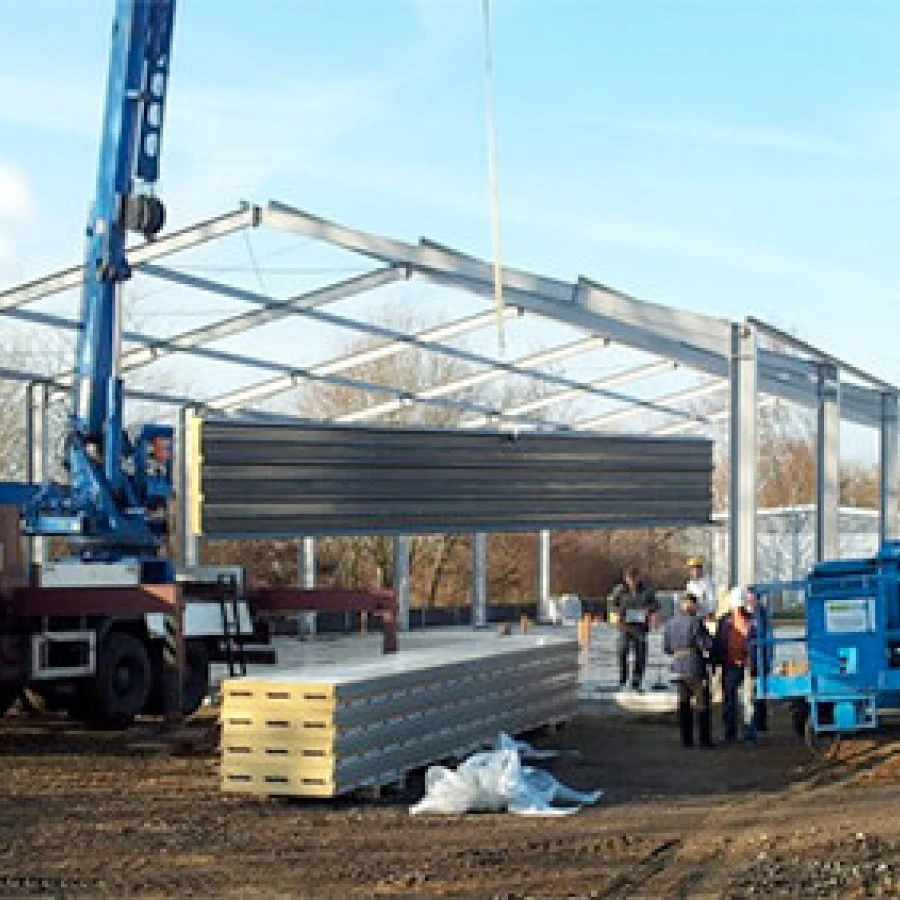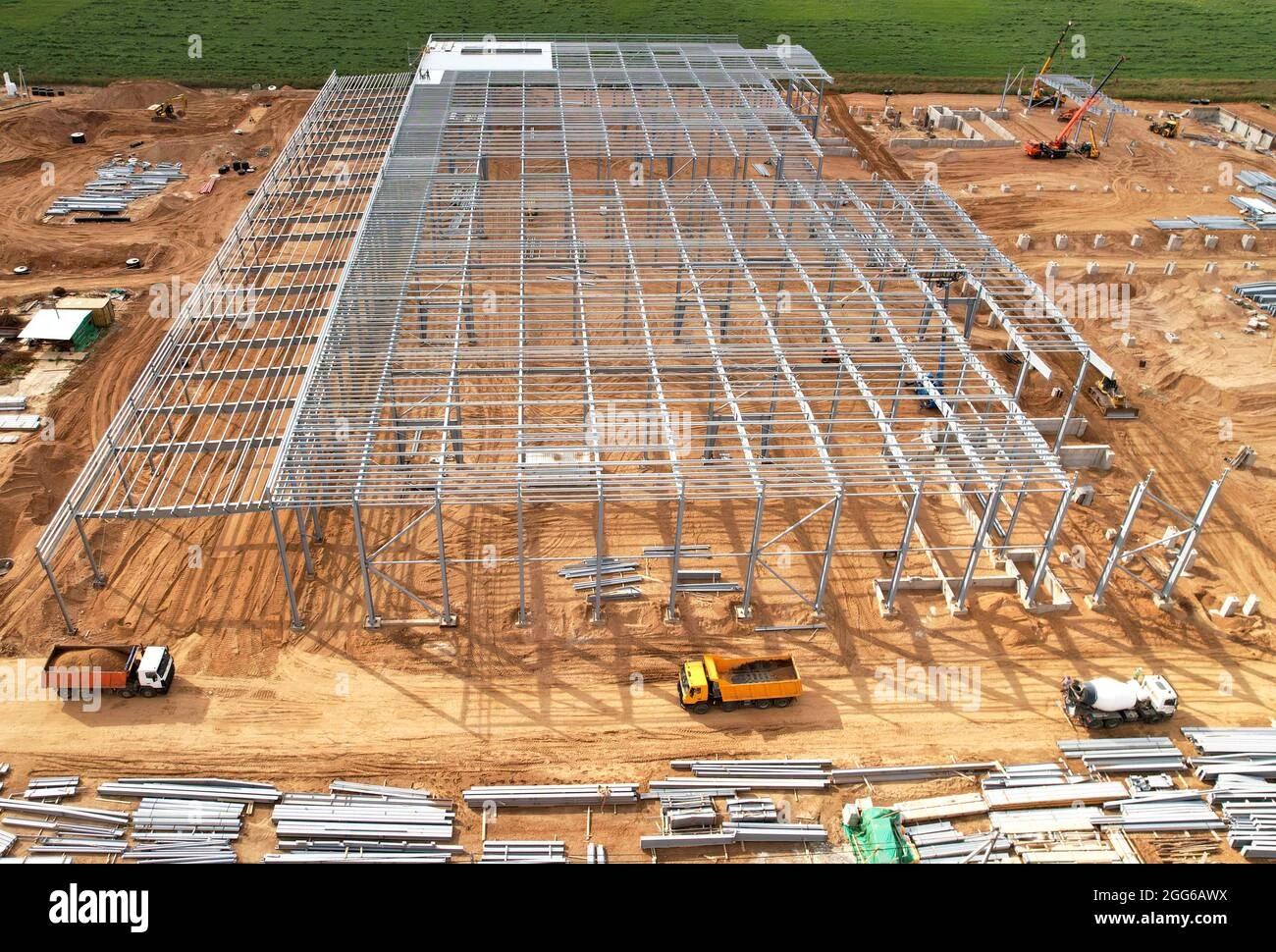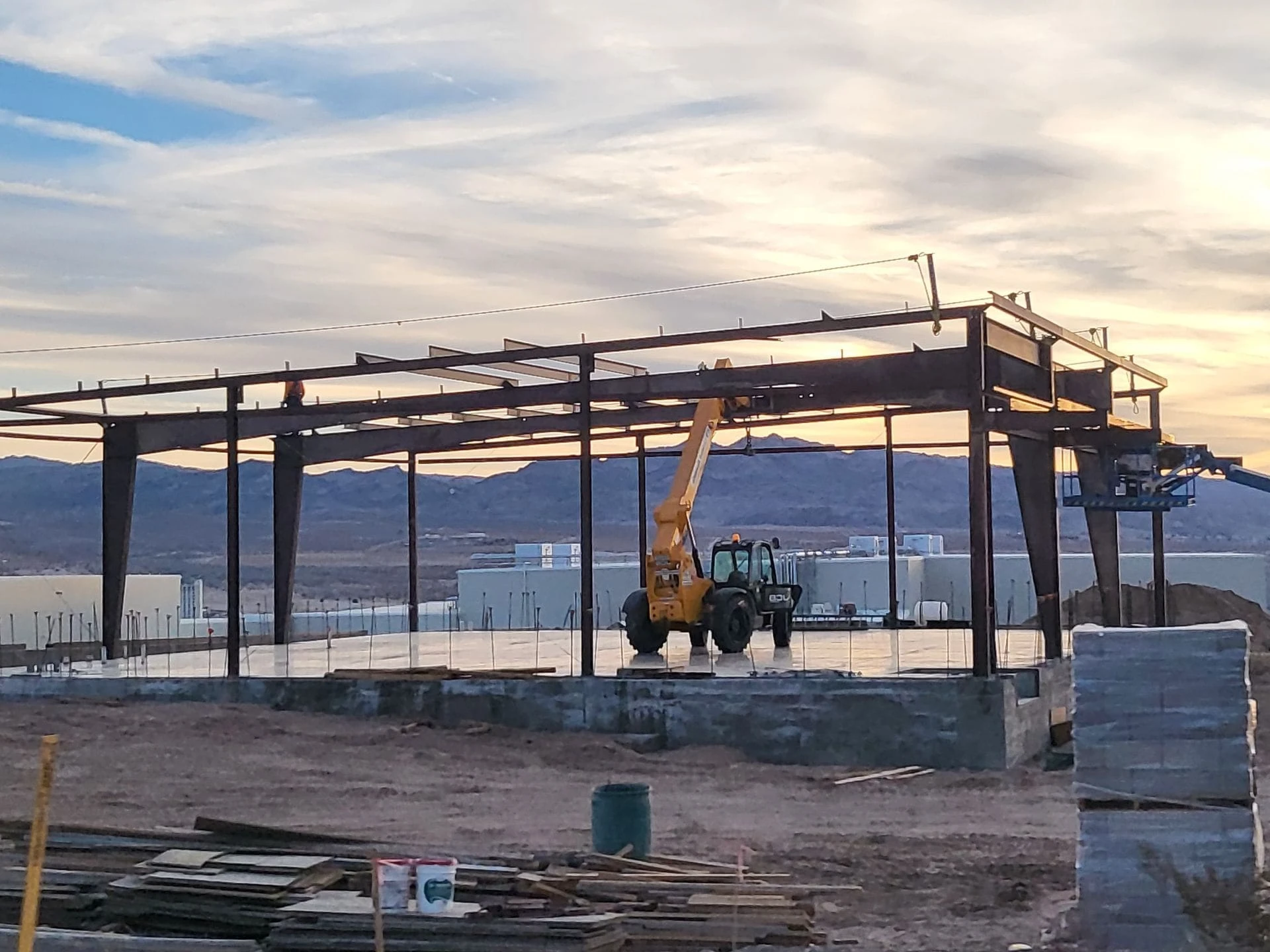- Afrikaans
- Albanian
- Amharic
- Arabic
- Armenian
- Azerbaijani
- Basque
- Belarusian
- Bengali
- Bosnian
- Bulgarian
- Catalan
- Cebuano
- Corsican
- Croatian
- Czech
- Danish
- Dutch
- English
- Esperanto
- Estonian
- Finnish
- French
- Frisian
- Galician
- Georgian
- German
- Greek
- Gujarati
- Haitian Creole
- hausa
- hawaiian
- Hebrew
- Hindi
- Miao
- Hungarian
- Icelandic
- igbo
- Indonesian
- irish
- Italian
- Japanese
- Javanese
- Kannada
- kazakh
- Khmer
- Rwandese
- Korean
- Kurdish
- Kyrgyz
- Lao
- Latin
- Latvian
- Lithuanian
- Luxembourgish
- Macedonian
- Malgashi
- Malay
- Malayalam
- Maltese
- Maori
- Marathi
- Mongolian
- Myanmar
- Nepali
- Norwegian
- Norwegian
- Occitan
- Pashto
- Persian
- Polish
- Portuguese
- Punjabi
- Romanian
- Russian
- Samoan
- Scottish Gaelic
- Serbian
- Sesotho
- Shona
- Sindhi
- Sinhala
- Slovak
- Slovenian
- Somali
- Spanish
- Sundanese
- Swahili
- Swedish
- Tagalog
- Tajik
- Tamil
- Tatar
- Telugu
- Thai
- Turkish
- Turkmen
- Ukrainian
- Urdu
- Uighur
- Uzbek
- Vietnamese
- Welsh
- Bantu
- Yiddish
- Yoruba
- Zulu
ធ្នូ . 21, 2024 05:31 Back to list
The Significance of Steel Manufacturing and Warehousing in Modern Industries
Steel is often regarded as the backbone of modern infrastructure and manufacturing. Its versatility, strength, and recyclability make it a material of choice in a multitude of applications, ranging from construction to automotive production. As global demand for steel continues to grow, understanding the intricacies of steel manufacturing and effective warehousing practices becomes vital for ensuring efficiency, quality, and sustainability in the industry.
The Steel Manufacturing Process
Steel manufacturing can generally be categorized into two primary processes the basic oxygen furnace (BOF) method and the electric arc furnace (EAF) method. Each of these processes starts with the extraction of iron ore, which is subsequently transformed into molten iron. In the BOF method, molten iron is combined with scrap steel and heated with pure oxygen, while the EAF method primarily uses recycled steel as its raw material and relies on electrical energy to melt it down.
The choice between these two processes often depends on economic and environmental considerations. The EAF method, for instance, is more flexible and environmentally friendly, allowing for the manufacturing of steel from up to 100% recycled scrap. This not only reduces waste but also significantly lowers the carbon footprint associated with steel production.
Quality Control and Innovation
The steel manufacturing industry is heavily reliant on consistency and quality. To ensure that produced steel meets stringent international standards, manufacturers implement extensive quality control measures. These measures include rigorous testing of chemical compositions, mechanical properties, and surface integrity. Advanced technologies such as computer simulations and real-time monitoring systems have improved the quality management processes, allowing manufacturers to detect and rectify discrepancies swiftly.
Innovation also plays a crucial role in modern steel manufacturing. The development of advanced high-strength steels (AHSS) has become increasingly important, particularly in the automotive sector where weight reduction is key for fuel efficiency. Ongoing research into new alloys and production techniques continues to drive the industry's progress, with an eye on sustainability and energy efficiency.
steel manufacturing & warehouse

Warehousing - The Backbone of Distribution
Once steel is manufactured, effective warehousing is essential for managing supply chains and meeting market demand. Steel warehousing involves the storage and inventory management of raw materials, semi-finished products, and finished goods. Efficient warehousing practices help manufacturers maintain competitive advantage by ensuring timely distribution and minimizing holding costs.
Modern steel warehouses are often equipped with high-tech inventory systems that allow for real-time tracking of materials. These systems help organizations optimize storage space, facilitating quicker retrieval times and reducing the likelihood of stockouts. Moreover, automation in warehousing—such as the use of robotics and automated guided vehicles (AGVs)—streamlines operations, reducing labor costs and errors associated with manual handling.
Challenges and Future Outlook
Despite its critical role, the steel industry faces numerous challenges, including fluctuating raw material prices, environmental regulations, and competition from alternative materials such as aluminum and composites. Addressing these challenges requires adaptability and innovation across the manufacturing and warehousing sectors. The focus on sustainability is shifting the industry towards greener practices, with many companies investing in carbon capture and renewable energy sources to minimize the environmental impact.
Looking ahead, the steel industry is poised for transformation. As the global economy evolves, industries that rely on steel are increasingly demanding higher quality products and faster delivery times. This places additional pressure on manufacturers and warehouse operators to enhance efficiency and responsiveness.
Conclusion
Steel manufacturing and warehousing are integral components of the global economy, providing essential materials for a wide array of industries. As manufacturers strive for excellence through innovation and stringent quality control, effective warehousing practices ensure that these materials reach their intended markets promptly and efficiently. By embracing sustainability and technological advancements, the steel industry can not only navigate current challenges but also thrive in an increasingly competitive landscape. The future of steel manufacturing and warehousing lies in their ability to adapt and innovate in response to changing demands, securing a resilient and sustainable path forward.
-
Navigating the World of Steel Building Services: Who to Choose?
NewsJun.23,2025
-
How Do Steel Frame and Prefab Building Factories Shape Modern Construction?
NewsJun.23,2025
-
How Do Steel and Metal Structures Shape Modern Industrial Spaces?
NewsJun.23,2025
-
How Do Prefab Buildings of Various Sizes Meet Modern Construction Needs?
NewsJun.23,2025
-
How Do Factory Buildings and Metal Structures Redefine Industrial Infrastructure?
NewsJun.23,2025
-
Exploring Key Aspects of Industrial Building Development: What You Need to Know?
NewsJun.23,2025
Products categories
Our Latest News
We have a professional design team and an excellent production and construction team.












